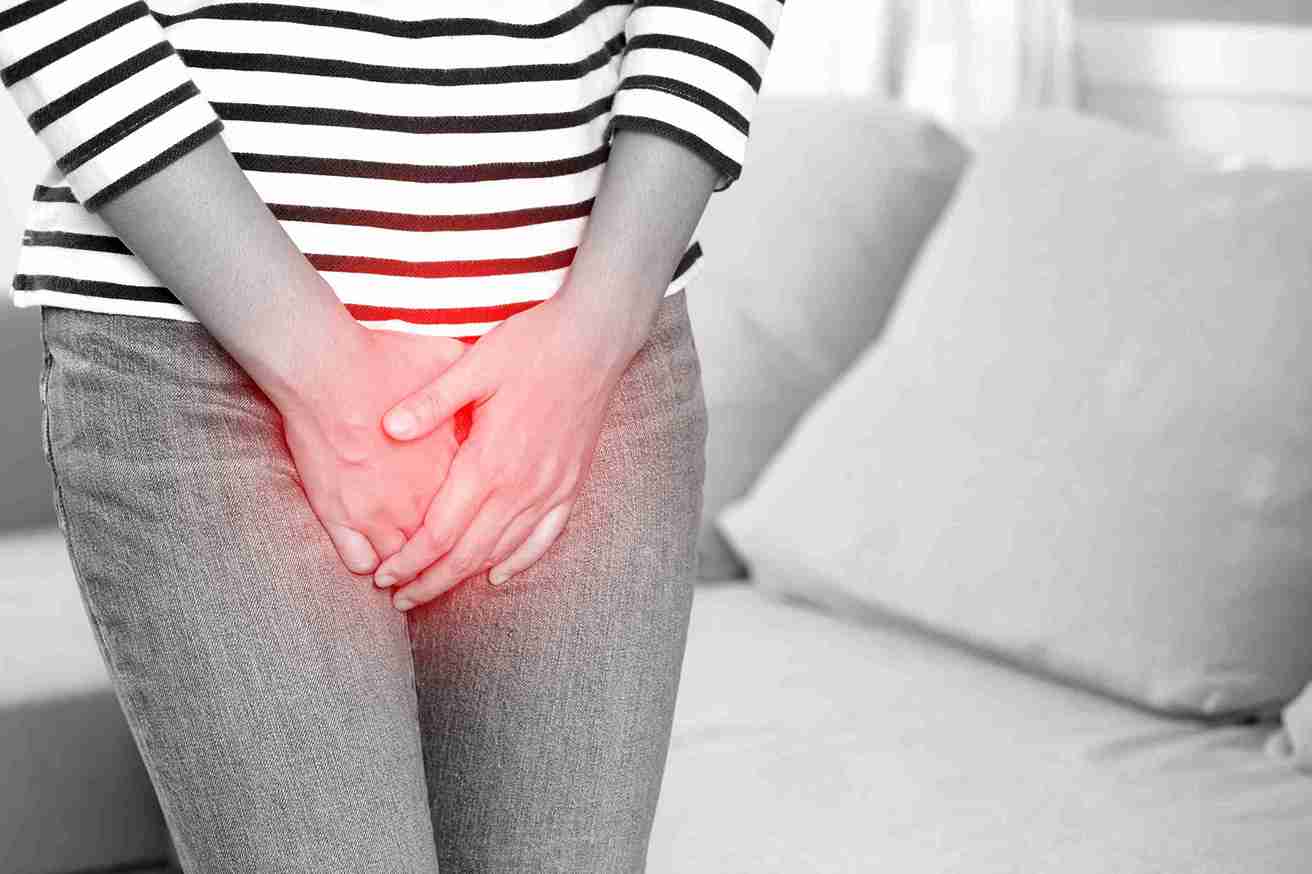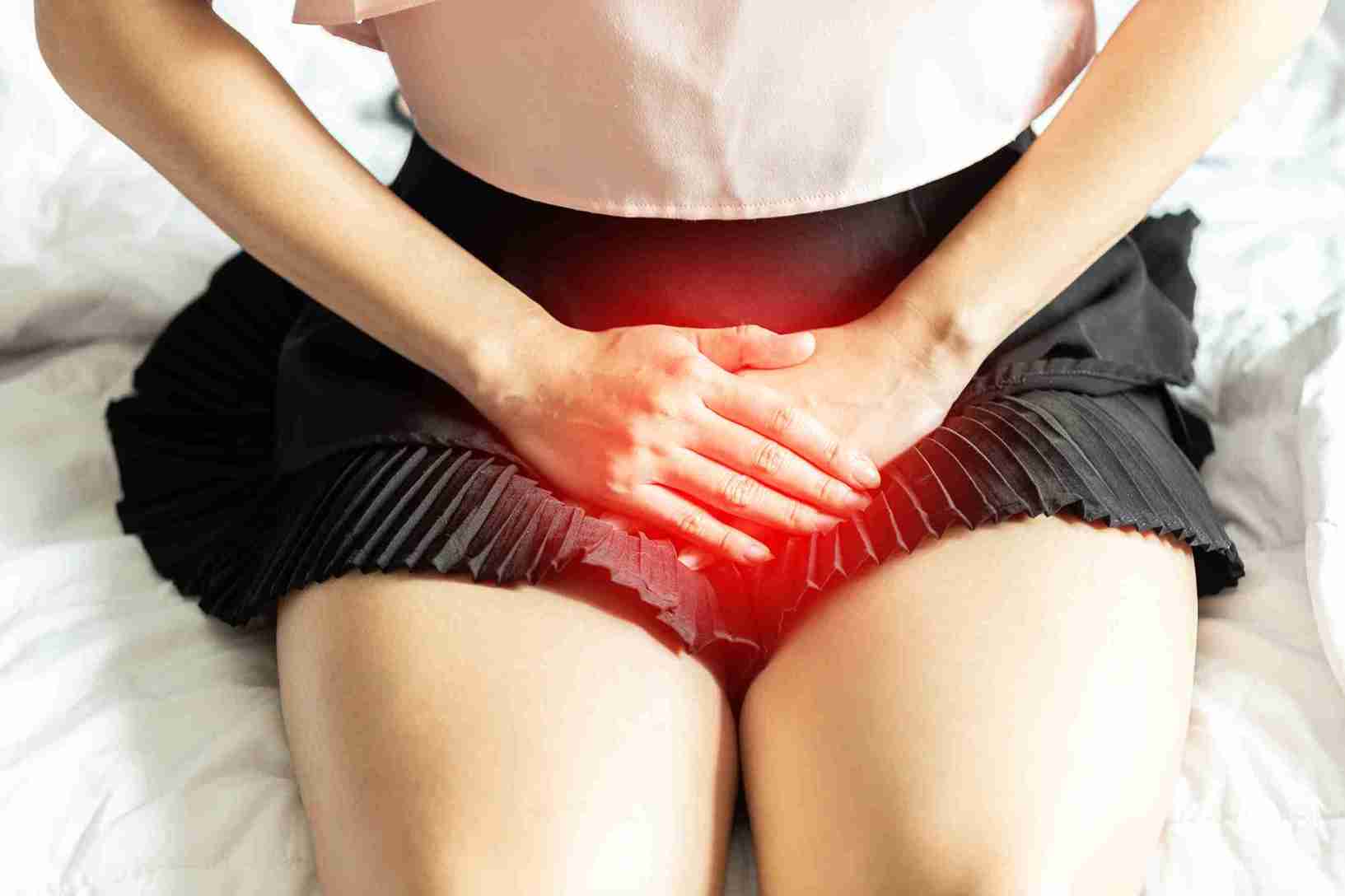
A Bartholin cyst may not be a popularly talked-about condition, but it is a relatively common gynaecological condition that can occur in women, particularly during their fertile years. Although commonly painless in the initial stage, it can become inconvenient or even intensely painful if neglected.
Early diagnosis of the Bartholin cyst head is important to handle it properly before complications, like infection, arise. Familiarity with its symptoms, causes and treatments is important for women to take control of their reproductive well-being.
The article discusses causes, symptoms and methods of treating Bartholin cysts, including effective Bartholin cyst home remedies that may provide relief in the early phase.

The Bartholin glands are two little glands on either side of the vaginal entrance. Their primary function is to secrete fluid which lubricates the vagina. If the duct of one gland becomes clogged up, the fluid will build up and turn into a cyst, which is called a Bartholin cyst.
If the cyst remains uninfected, it may go unnoticed. However, when bacteria enter and infect the fluid, it leads to Bartholinitis, an inflamed and often painful condition that may form an abscess. Recognising Bartholinitis symptoms early can help prevent worsening infection and discomfort.
The most frequent reason a Bartholin cyst develops is a blockage in the duct of the gland, which stops fluid from draining normally. There are several factors that can lead to this blockage:
While not all instances can be avoided, knowledge of these risk factors can lead to early intervention, particularly when spotting an early-stage Bartholin cyst head.
Some cysts are small and painless, while others can become larger and more painful. Symptoms include:
Early recognition of these signs enables the timely application of Bartholin cyst home remedies or medical intervention before complications from the infection arise.
A gynaecologist usually makes a diagnosis of a Bartholin cyst by physical examination. The site, size and tenderness determine if the cyst is infected or not.
Sometimes, additional tests may be performed:

Treatment varies depending on the size of the cyst, the presence of an infection, and the degree of discomfort. Treatment can range from home remedies for a Bartholin cyst to surgery.
1. Home Remedies
2. Medical Treatments
Home care may fail, or an abscess could develop, requiring medical procedures:
While it is impossible to prevent all Bartholin cysts, some habits can help minimise recurrence:

See a healthcare provider if:
If you have Bartholin's symptoms, such as discharge with a bad odour or severe tenderness, early medical attention is important to avoid complications and maintain vaginal health.
At Cloudnine Hospitals, women's health is dealt with extraordinary compassion, accuracy and care. For women who are suffering from pain due to a Bartholin cyst or similar issues, Cloudnine has the best gynaecological care available, from diagnosis to post-treatment care.
What sets Cloudnine apart is its holistic approach. From cutting-edge diagnostic facilities and minimally invasive treatment to after-care and counselling, each woman receives personalised care. Their physicians spend time listening, explaining and empowering patients, addressing every issue, from early-stage Bartholin cysts or repeated infections, with dignity and expertise.
Bartholin cysts, as with most cysts, are uncomfortable and painful, particularly once infection has taken over. Catching symptoms such as swelling or pain early on can assist women in obtaining timely treatment, either with Bartholin cyst home remedies or medical intervention.
Symptoms of Bartholinitis are ignored at the risk of abscess formation, but otherwise, these cysts can be controlled effectively through proper hygiene, safe sex and early medical care.
If you have ongoing pain, swelling, or have a suspected Bartholin cyst, schedule an appointment at the nearest Cloudnine Hospital today. Professional care can be the difference in your comfort, health and well-being.


The primary cause is an obstruction of the duct of the Bartholin gland, usually due to infection, trauma, or thickened mucus.

Therapeutic warm sitz baths are the most effective initial home remedy. If the cyst is painful or infected, minor surgical drainage may offer quick relief.

Shaving can cause minor cuts or irritation that might introduce bacteria near the gland, increasing the risk of cyst formation in some cases.

Although menstruation does not directly induce Bartholin cysts, hormonal changes and improper hygiene at the time of period can indirectly raise the risk.